Portraiture has the power to envelop a subject, and the ability to absorb the viewer through one mesmerising shot. The quiet poignancy of the work of Jackie Nickerson aligns these two traits, her photography exploring the spatial relationships of faces to places and expressing the interaction of identity with function and form. Speaking to Twin, Jackie discusses ownership, collaboration and female representation.
What does identity mean to you and how do you try to explore this in your imagery?
Identity is quite a dangerous word. It’s used to create an otherness but I don’t look for otherness – I just look at the person. I want to see the ‘personness’, not the box they fit into. In fact, I want to break them out of the box they’ve been put into. So you are not merely looking at the likeness of someone. I guess for me it’s about having a uniqueness, a selfhood, and a self-possession that transcends the intervention of the artist. In effect, it’s about making the artist invisible and having the sitter take ownership of their own image.
You discuss your work as portraiture: what do you believe a portrait should present to the viewer?
A great portrait should stop you in your tracks and have you spellbound – like a deer in headlights. It should ask all kinds of questions.
Do you have the same desires for the outcome of your personal and commissioned fashion-orientated work?
Fine art and fashion are two totally different applications of photography, so although you’re using the same medium you need to use an entirely different approach. In fashion you have an end use, a specific use and you’re collaborating with a team of people to create this. In fine art you’re working on your own and trying to ask questions.
In your conversation with Brendan Rooney for the UNIFORM exhibition catalogue, you discussed the issues of photographers in art today: they seek inspiration from the real world yet don’t feel comfortable using the real world itself. What role do you think reality has to play in commissioned fashion editorial?
I think we all look for inspiration from things outside our immediate practice so for example a designer might look at architecture or industrial design, painting, sculpture and other art forms. But often they’re not looking for a literal translation of one thing to another, but a kind of wider context of an aesthetic or opinion. So in collaborations we can build up an impression or atmosphere that will help the designer to portray his or her vision. So for me, each collaboration is a separate conversation and working out how we can make images that respect that, and although you need to use an entirely different approach, (we’re talking about two totally different applications of photography) it would be difficult to separate the artist because I think about imagery all the time. I’m obsessed. Its just part of my everyday life.
What are your views on the representation of females in fashion photography today?
I recently bought a couple of vintage Vogues from the 1950s and apart from the clothes, and apart from a stylistic difference, I don’t think the imagery has, in essence, moved on because
you know we are looking at a commercial application and there’s obviously a formula that works. Saying that, in those old Vogues, there was only one way for a woman to be. Now there’s much wider representation of different types of women and lifestyles. I think the attitude and personality of the model is becoming more important and we are seeing a broader definition of beauty.
Do you hold a particular affinity to the women you photograph?
It depends on who I’m photographing and what I’m photographing them for.
Can the female gaze be reciprocal? Is that the most important link between the female photographer to her subject?
I don’t think of myself as a female photographer. I’m just me.
Communication is the key. When I photograph women I want to show the strength in them. I’m not interested in models flirting with the camera. I really hate that shit.
What photographers do you admire, and what traits do you admire about them?
Well there are loads of them but a couple would be Dorothea Lange, Lee Miller, Joseph Koudelka, Cindy Sherman, I love these photographers primarily because they are great photographers but I love them because they all had something to overcome – Lee Miller, Dorothea Lange, Cindy Sherman – women in a man’s world, Koudelka – Czechoslovakia in ’68.
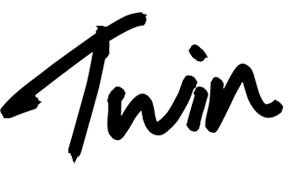
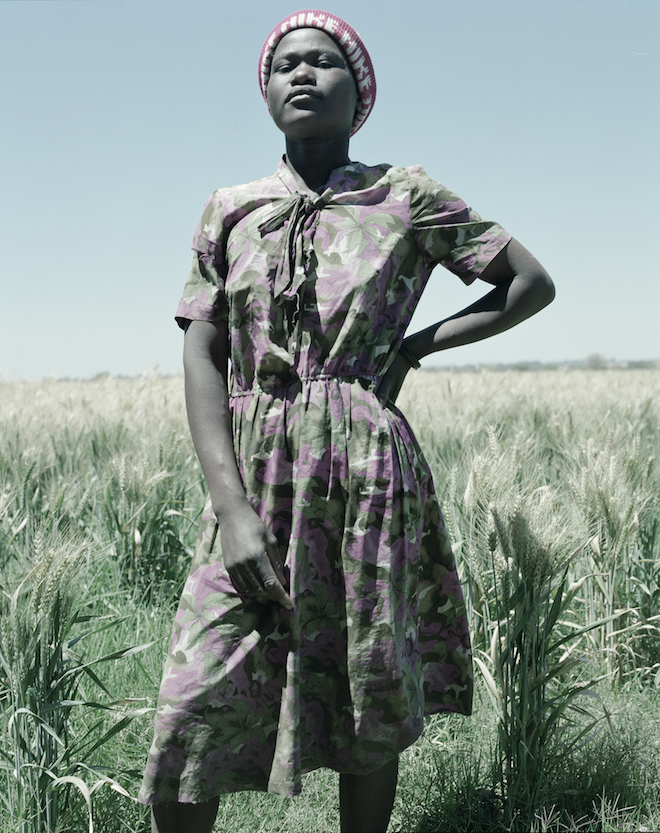
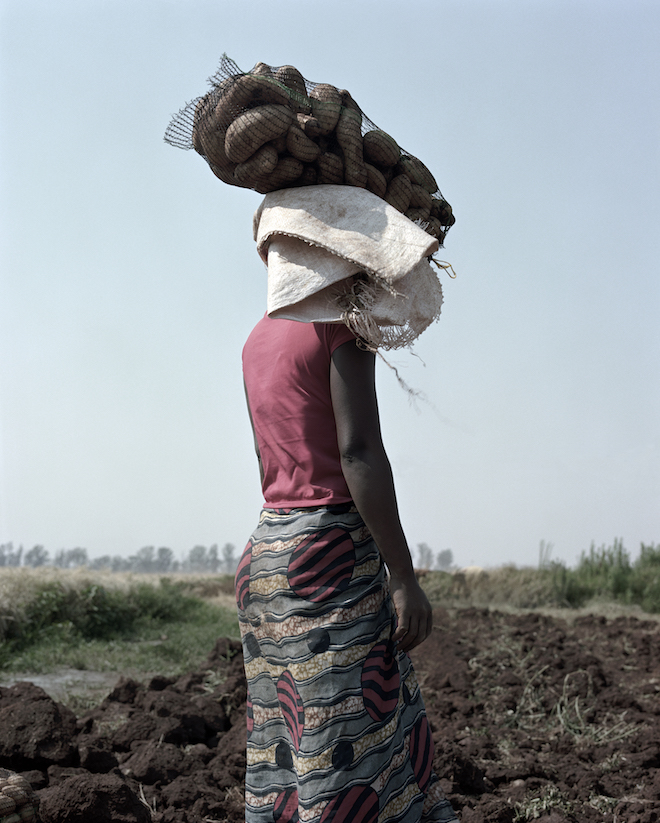
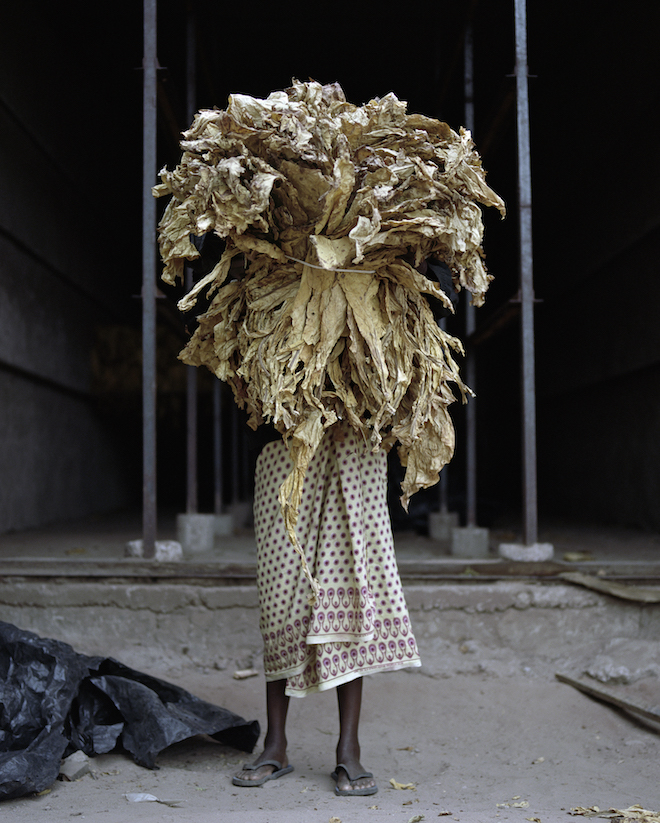
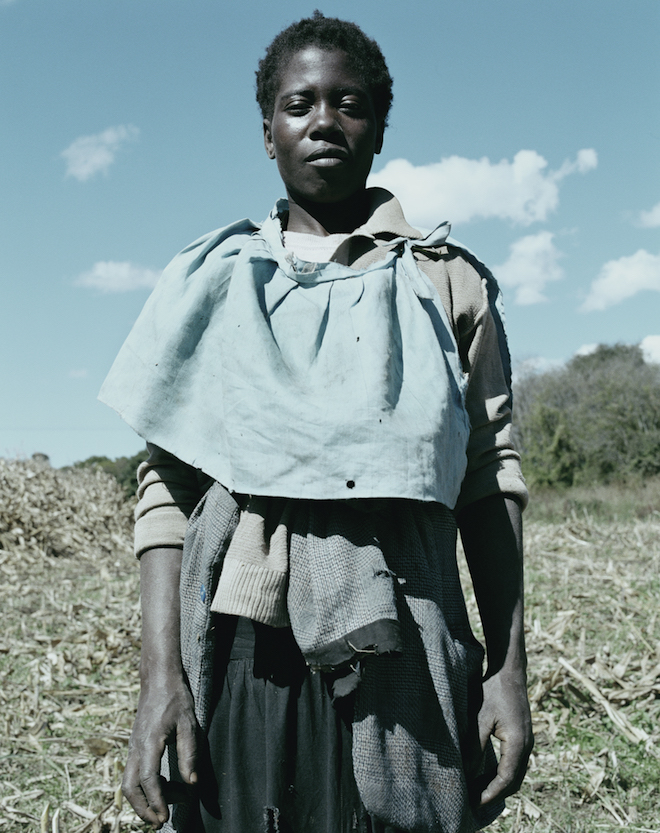

 Twitter
Twitter
 Tumblr
Tumblr
 YouTube
YouTube
 Facebook
Facebook
 Instagram
Instagram
